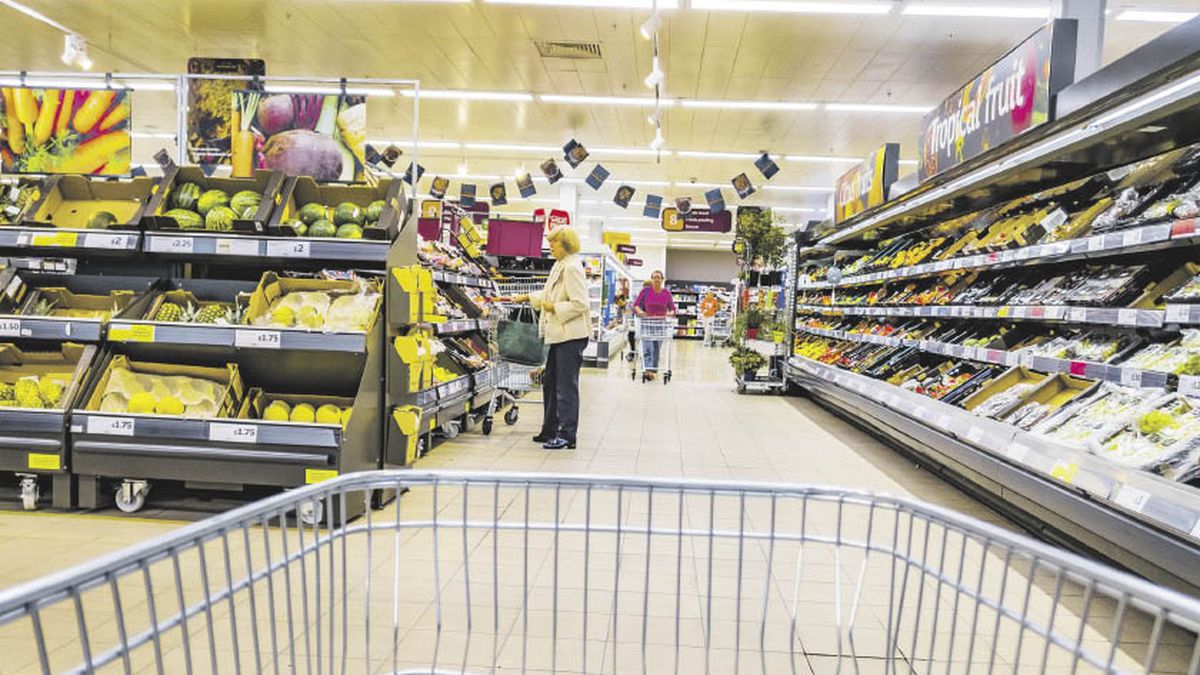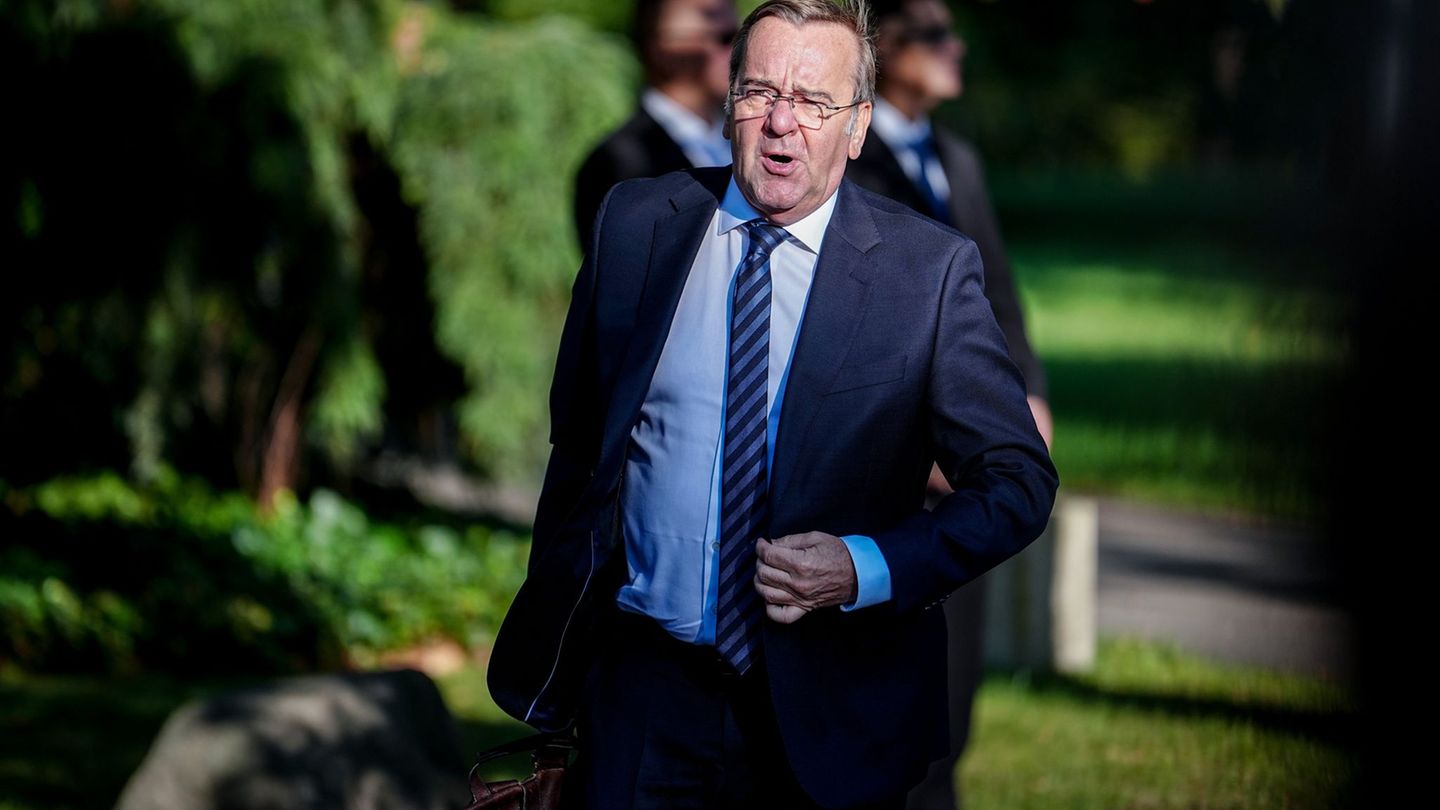Thus, the Consumer Price Index accumulated in the first quarter of the year a increase of 21.7%, while in the last 12 months it reached 104.3%, the highest level since September 1991.
By far, the division that presented the biggest increase of the month was Education, with a jump of 29.1%, attributed -as usually happens every March- to increases in all educational levels at the beginning of the school year, although this time it exceeded any expected estimate. In any case, it is worth clarifying that the interannual variation of the item reached 96%, still below inflation in the same period.
It was followed by Food and non-alcoholic beverages with a monthly rise of 9.4% (slightly less than the 9.8% in February), influenced by the inertia of recent months, but also by the effect of drought and bird flu. . In that sense, Meat, which climbed more than 10%, played a leading role, but strong increases were widespread in components, including fruits and vegetables (lettuce rose 58.5%), with rises also above 10% on average.
In the economic portfolio they calculate that the drought and the avian flu added 1.5% to inflation in March, that is why fruits, vegetables, beef, chicken and eggs rose strongly. Given which, if the drought and avian flu were discounted from the inflation index, March would have marked 6.2, according to official sources to Ambit.
For his part, Clothing also grew 9.4%, a movement that is very seasonal due to the change of season. However, the twelve-month variation was 118.8%, only surpassed by that of restaurants and hotels.
Alcoholic beverages and tobacco increased 8.3%, the highest rate since September 2022.
inflation march 23.jpg
It was already below the average, Housing and basic services, with 6.5%, mainly affected by the increases in water and gas. Meanwhile, Health increased 5.7%, as a result of the adjustment in prepaid and the increase in medicines. Transportation, meanwhile, accelerated the rise in the indexation of bus prices, combined with the increase in the value of cars and the rise in fuel prices.
Various factors played into the construction of 7.7%. For Rocio Bisang, Eco Go economist, first “There were typical seasonal increases at this time of year in sectors such as clothing (due to the change of season) and education (beginning of classes).” The second element that stands out is that the increase in regulated “It was brutal in March (8.3%), in a context where the government cannot afford to continue using regulated prices as an anchor due to the need to reduce spending, which leads to an administration of dropper increases that adds fuel to the fire and contributes to the acceleration of inflation”.
A third point to count, according to Bisang, It is the rise in food that “barely showed a slowdown of 0.4 pp compared to last month and stood at 9.4%. Although the increases were widespread, fresh products stood out. On the one hand, meat in GBA marked an increase of 11.1%. Chicken stood out, experiencing an increase of about 30%, as a result of the heat wave and increased demand (which also impacted the price of eggs), as a substitute after the rise in the price of beef.”
Within what was the bad data for March, the level of core inflation can be highlighted as (somewhat) positive data, which leaves aside seasonal and regulated products, and which marked 7.2%, falling slightly compared to 7.7% in February.
However, from C&T Asesores Económicos remarked that “both rates are higher than those of previous months, reflecting that the underlying trend of inflation seems to have been one step higher.”
Inflation: what is expected for April
The data from the C&T price survey for GBA for the second week of April show a variation of 7.2% in relation to the same week of March, which suggests that inflation for the month would be around 7%.
For their part, from the Libertad & Progreso Foundation, they maintained that “in the first two weeks of April, consumer prices showed a rise of 5.3%, which represents a slowdown compared to the accumulated rate observed in the first two weeks of March (6.4%)” Thus, according to the entity’s projections, for the coming weeks, inflation for April would stand at 6.1%.
Regarding the price of food and non-alcoholic beverages, the Libertad & Progreso Foundation indicated that an increase of 5.9% was observed in the first half of the month, decelerating 0.3p.p. in relation to the second week of March. In addition, among the items that increased the most were: “Various goods and services” (11.0%), “Restaurants and hotels” (9.1%), “Housing, water, electricity, gas and other fuels” (6.8%) and “Home maintenance” ( 6.1%)”.
In April, regulated goods and services had an impact of more than 1 point on the rise in the general CPI. This is due to the fact that increases in electricity, prepaid, private schools, fuel and public transport are registered in the month, they added.
Source: Ambito




